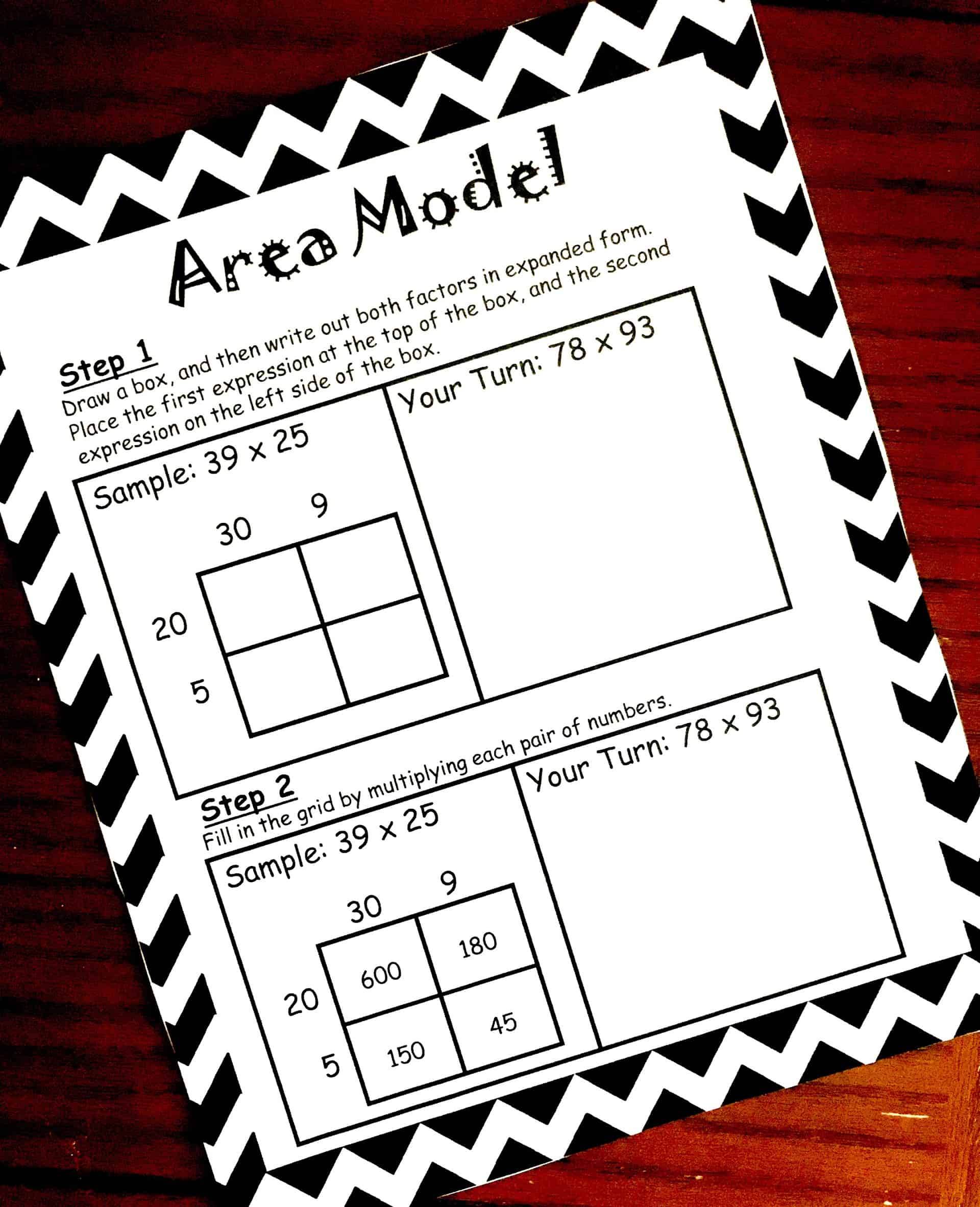

New York, NY: State University of New York Press.Ĭramer, K., & Whitney, S. Confrey (Eds.), The development of multiplicative reasoning in learning of mathematics (pp. Splitting, similarity, and rate of change: A new approach to multiplication and exponential functions. Mathematics Teaching in the Middle School, 13(7), 373–380.Ĭonfrey, J. Ten practical tips for making fractions come alive and make sense. Bright (Eds.), Learning and teaching measurement: 2003 Yearbook (pp. Assessing and developing measurement with young children.

A false belief about fractions - what is its source? The Journal of Mathematical Behavior, 42, 20–32.Ĭlarke, D., Cheeseman, J., McDonough, A., & Clarke, B. Mathematics Teacher Education and Development, 20(1), 86–111.Ĭiosek, M., & Samborska, M.

Learning from teaching teachers: A lesson experiment in area and volume with prospective teachers. Educational Studies in Mathematics, 99, 335–357.Ĭhamberlin, M. How fifth-grade pupils reason about fractions: A reliance on part-whole subconstructs. Indianapolis, IN: Hoosier Association of Mathematics Teacher Educators.Ĭadez, T. Newton (Eds.), Proceedings of the 39th annual meeting of the North American Chapter of the International Group for the Psychology of Mathematics Education (pp. How spatial reasoning and numerical reasoning are related in geometric measurement. 195–228) Research in Mathematics Education series. Battista (Eds.), Visualizing mathematics: The role of spatial reasoning in mathematical thought (pp. The interaction between spatial processes and mathematical reasoning and concepts in pre-proof geometry. Cognition based assessment and teaching of geometric measurement (Length, Area, and Volume): Building on students' reasoning. Charlotte, NC: Information Age Publishing.īattista, M. Lester (Ed.), Second handbook of research on mathematics teaching and learning: A project of the National Council of Teachers of Mathematics (pp. The development of geometric and spatial thinking. Content knowledge for teaching: What makes it special? Journal of Teacher Education, 59(5), 389–407.īattista, M.


 0 kommentar(er)
0 kommentar(er)
